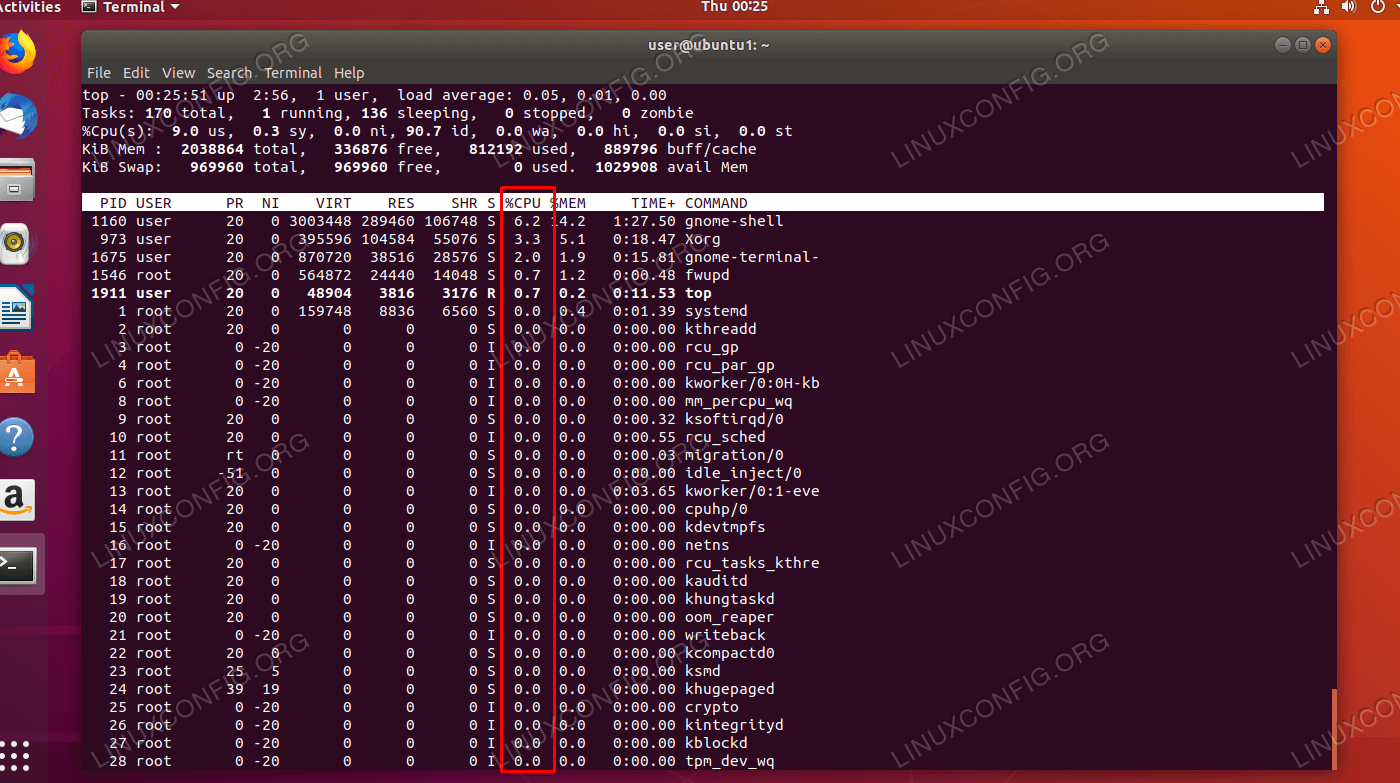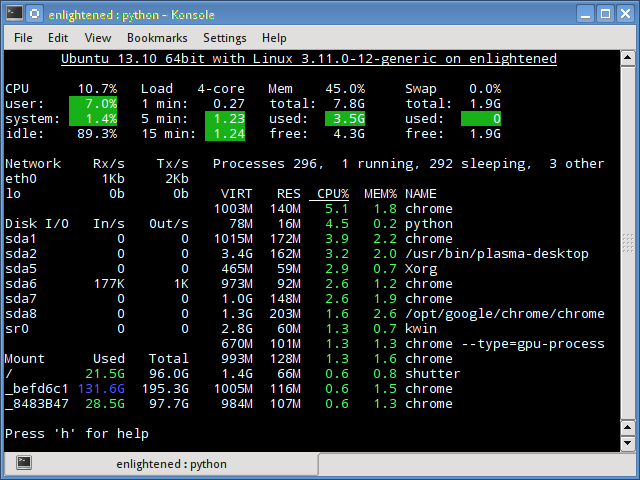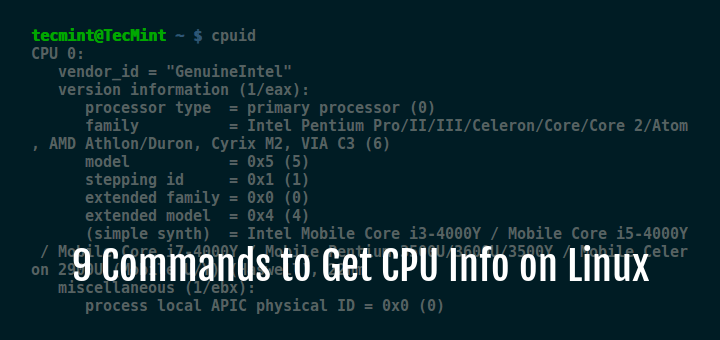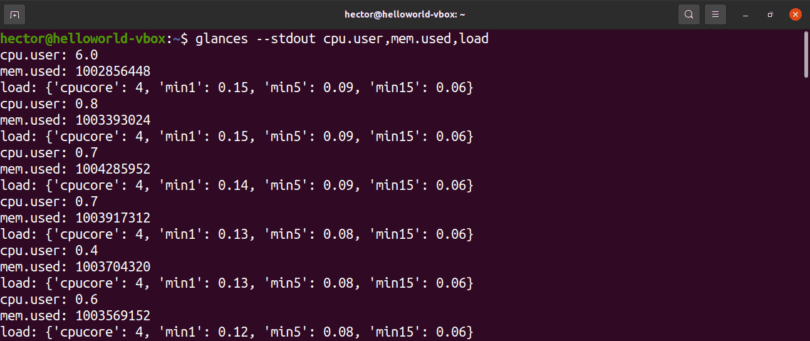

The summary table is the most important section of the output. Each user’s CPU time is displayed by a bar in the User column. The second number, labeled User, displays how much CPU time each user consumes during a given period of time.

The TotalCPU number represents how many CPUs are in a computer. The nmon command is a systems administrator tool that provides detailed information about AIX and Linux servers, such as CPUs, top processes, memory, and much more.ĬPU usage is calculated in terms of %. It displays data about processor topology, frequency, idle power-state statistics, temperature, and power on X86 processors.

The vmstat command displays information about Linux processes, memory, paging, block IO, traps, disks, and CPU activity. The iostat command includes statistics about the Central Processing Unit (CPU), input/output statistics, and device and partition statistics. In this tool, you can look at your system’s CPU utilization since the last restart. The first step is to determine the PCpu (CPU utilization). Every process (-e) appears as one with a user-defined format (-o pcpu), while the command prompt (ps) appears with a default format. Set the output file to sar if you want to obtain multiple samples and reports. With the sar command, operating system contents can be output using a set of cumulative activity counters. It can be used on both SMP and UP machines, but only global average activities are displayed. For some applications, such as mpstat and sar, you must install a special package calledsysstat. Linux kernel tasks can be highlighted in the system summary by displaying a list of tasks that the Linux kernel is currently running. Scrolling vertically, horizontally, or globally with the htop command is simple.

The top command displays information about how much processing power and memory is used, as well as other details about the running processes. This will show you a summary of the cpu usage.īy using the top command, you can check the amount of time and resources used by Linux. Another way is to use the vmstat command. This will show you a list of the processes that are using the most cpu resources. There are a few ways to see cpu usage on linux.


 0 kommentar(er)
0 kommentar(er)
